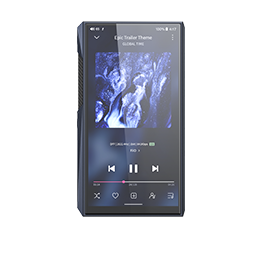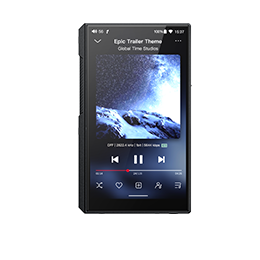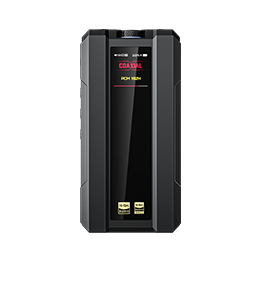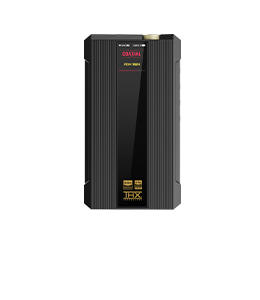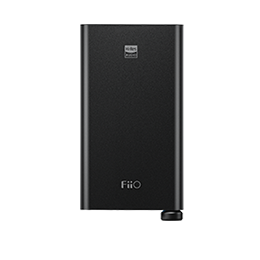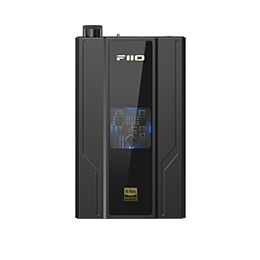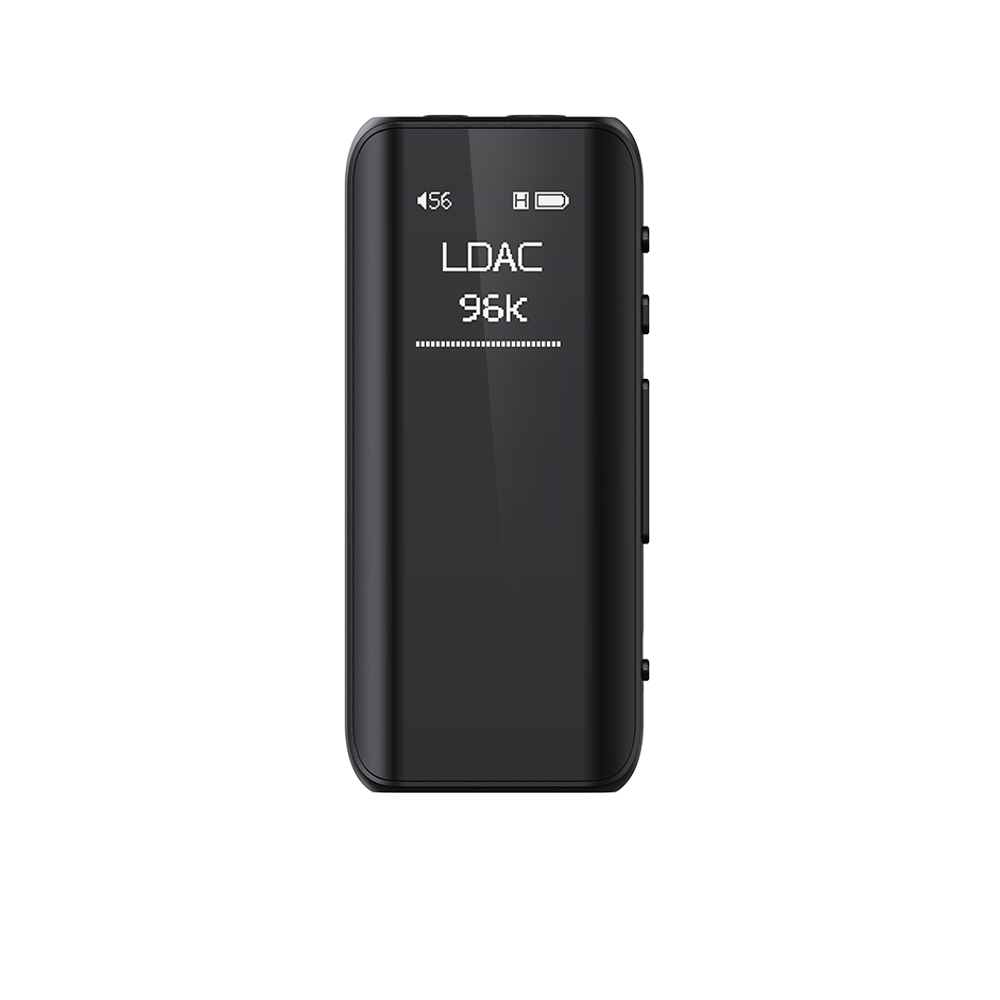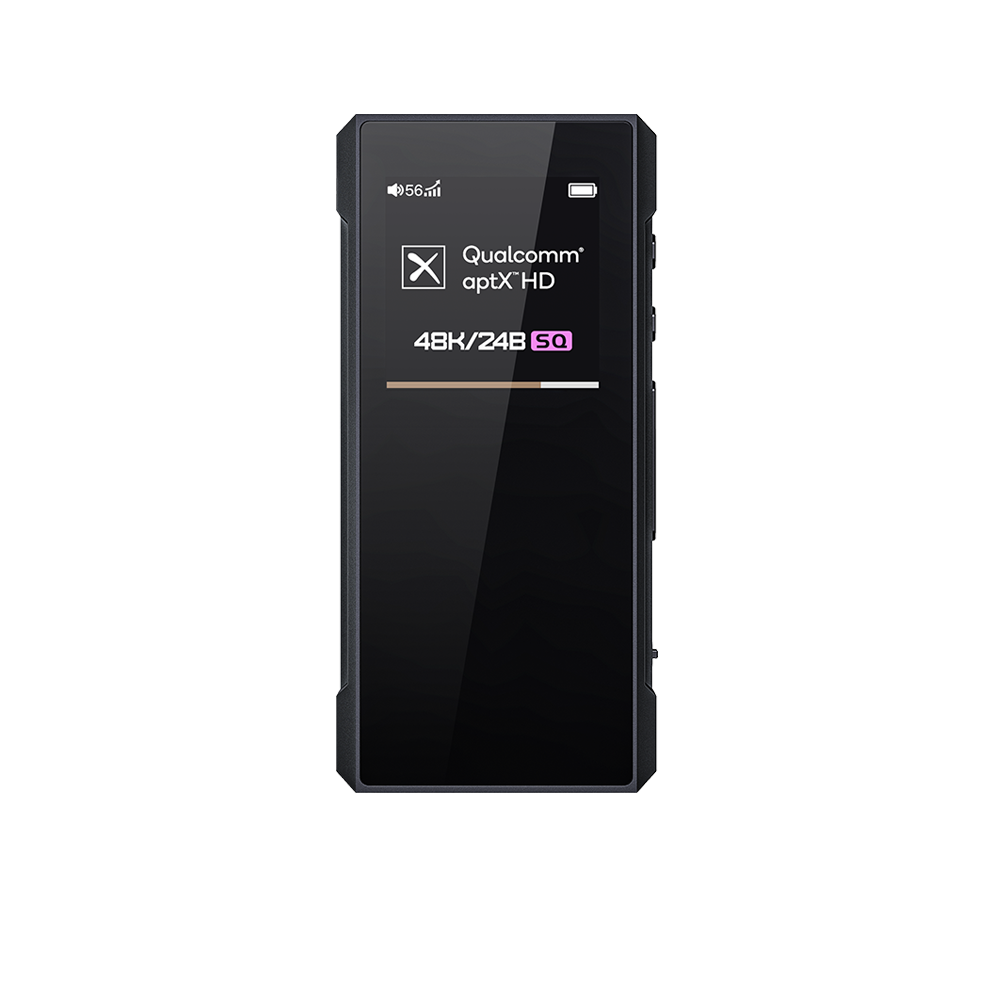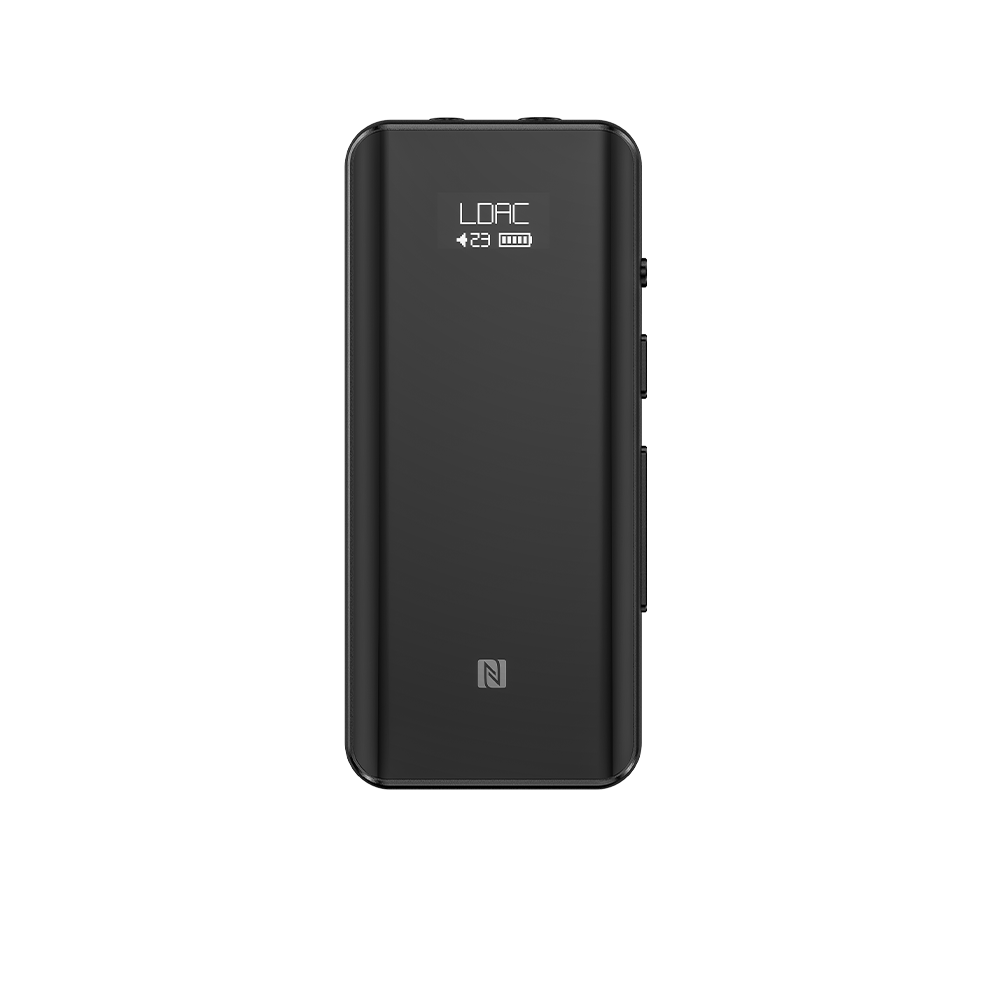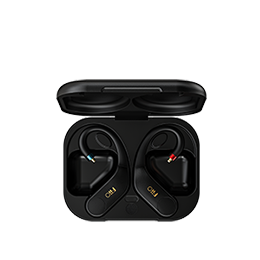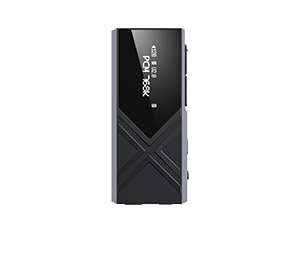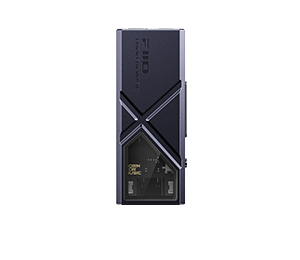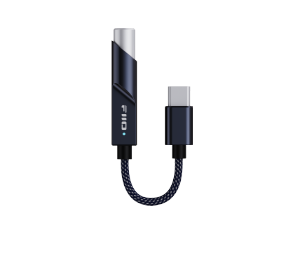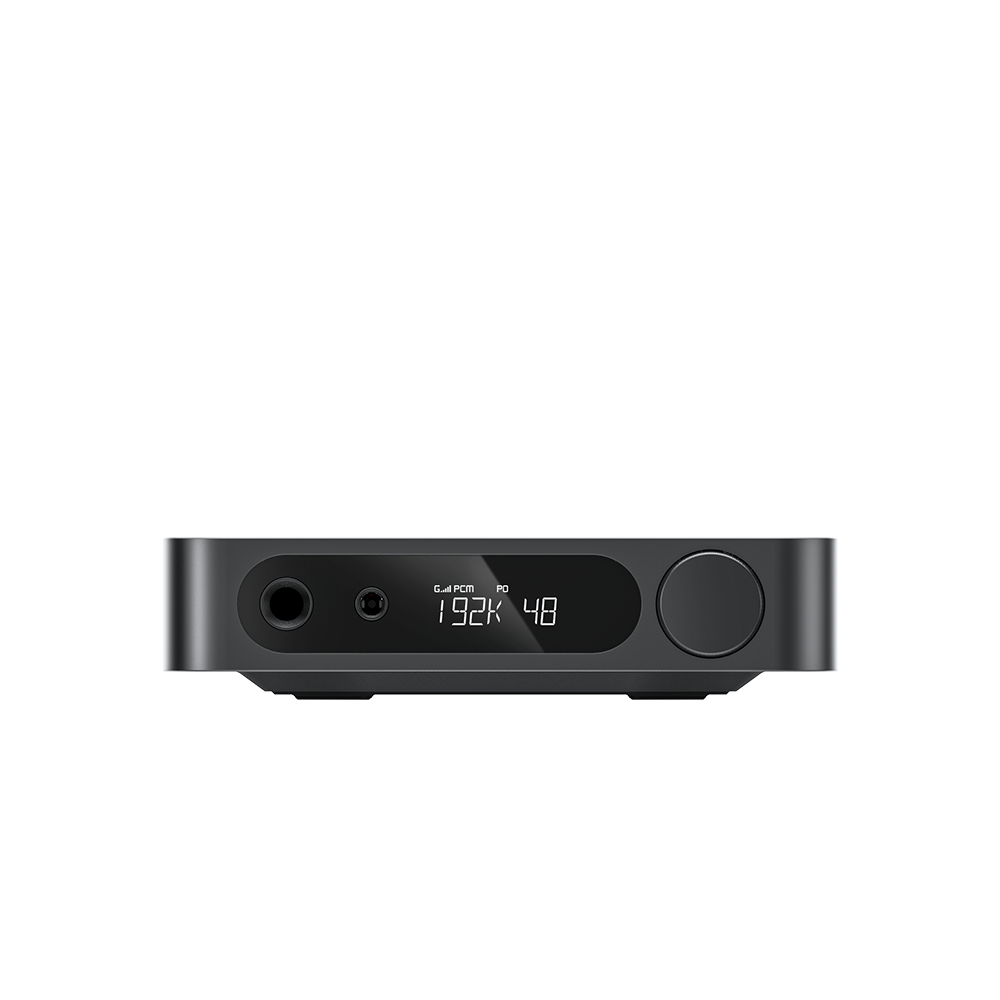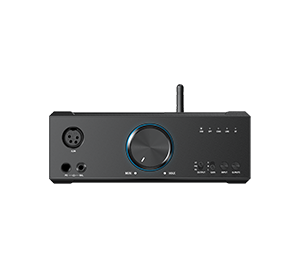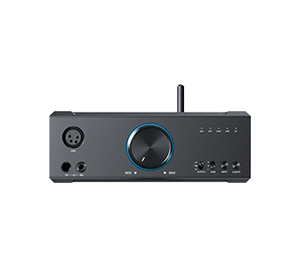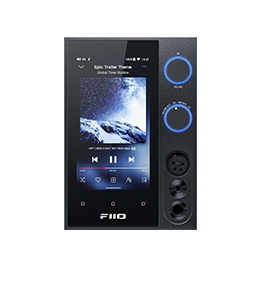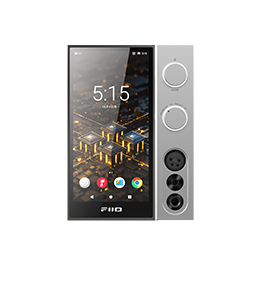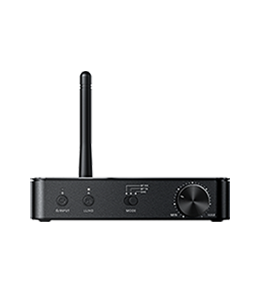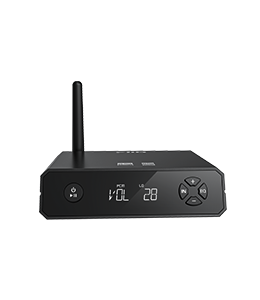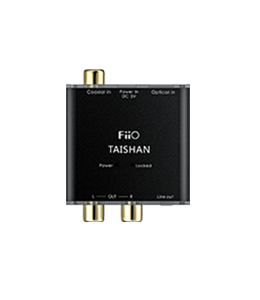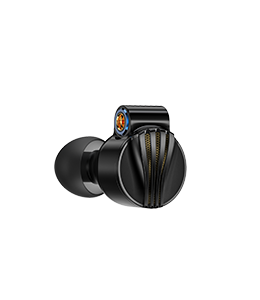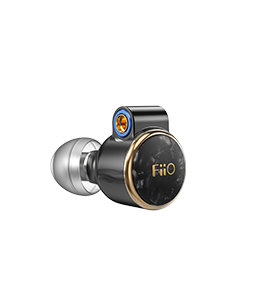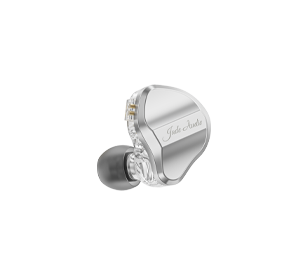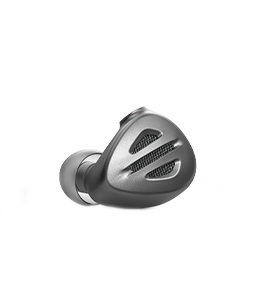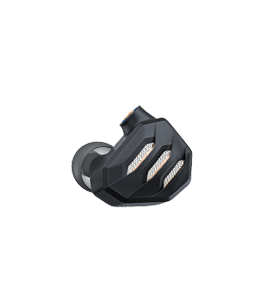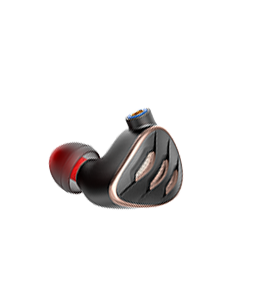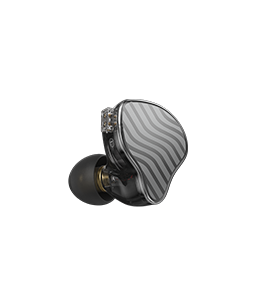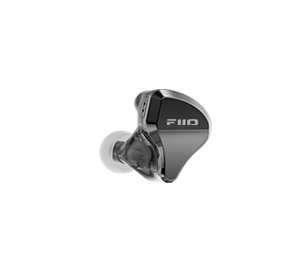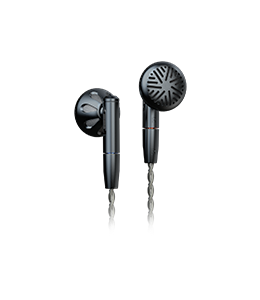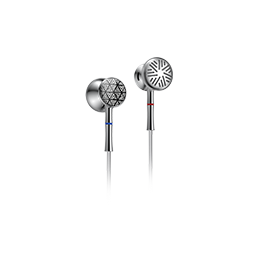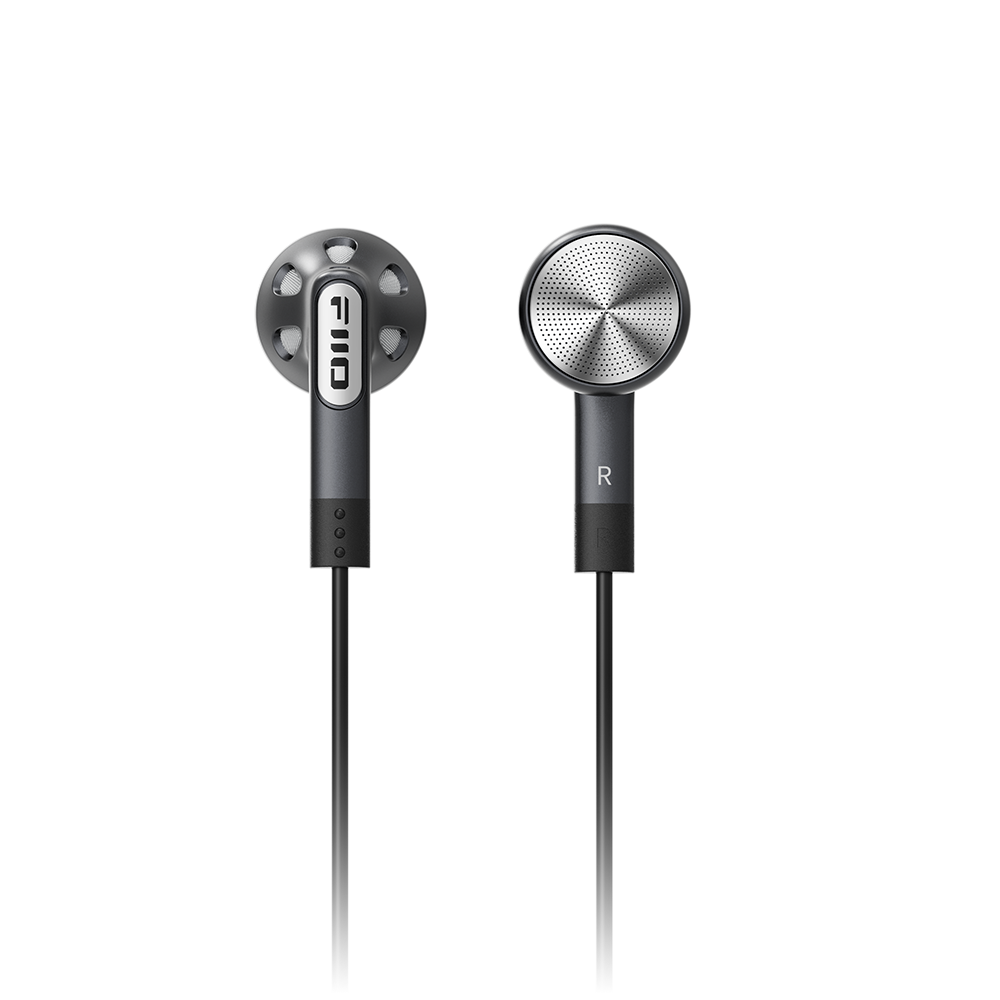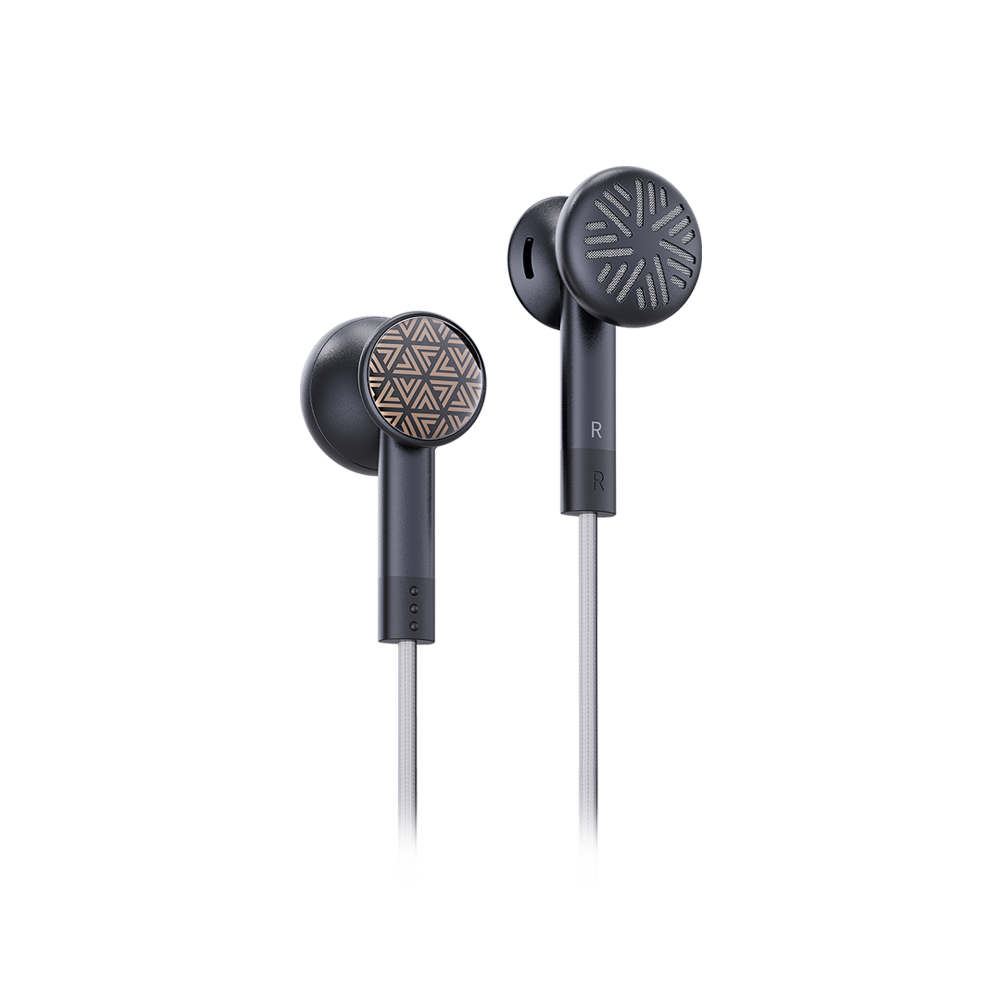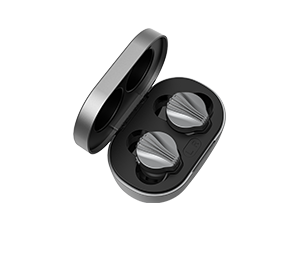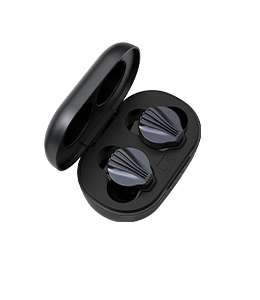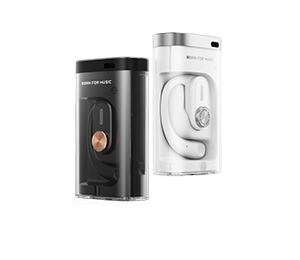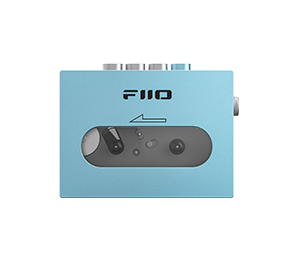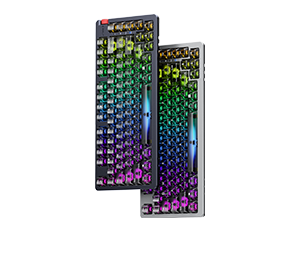REVIEW: FIIO A5--A serious portable powerhouse
Author: Rob Boffard
Review from: The Master Switch
→→ Read the original article on The Master Switch: >> Click Here
Portable amps are tricky little things. While they unquestionably make your sound better, they don’t have the luxuries that desktop models do. They can’t be heavy, or feature cool-looking tubes, or have loads of connections. They have to be discrete, easy-to-manage, and useable by just about anyone. It’s a very tricky balancing act to pull off. FiiO, a Chinese audio company with a very solid pedigree, is just the kind of outfit to tackle this, with their A5. In this review, we break down the Q5’s sound, design, packaging and accessories, specs and more. To see alternatives, check out our list of the best headphone amps.
Sound:
Neutrality
We tried the FiiO A5 on a variety of combinations, including smartphones, desktop setups, and varying headphones. It never faltered. Like the X1, its audio quality impressed regardless of genre or style, with a delicious top end and rounded, powerful mids. FiiO take a lot of care to get the sound right. Sometimes, that can hurt them, as it did with the X1 player, which sounded unreal but also gave us grey hairs while trying to operate it. That’s not the case here - FiiO matches the A5’s superb design with some truly jaw-dropping sound. Any amp, even a cheap one, is going to improve the sound. But the A5 goes way, way beyond the level we’d normally expect. It delivers effortless audio that sounds extremely clean and neutral, showcasing the best your music has to offer without getting in the way. Even when using the high gain switch, there’s almost no distortion, which is just extraordinary.
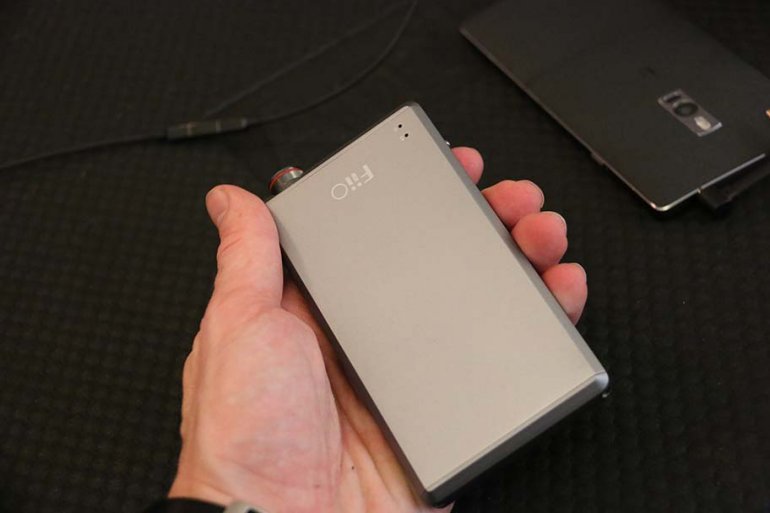
FiiO A5 | The Master Switch
High-End (Treble)
The A5’s high-end satisfied, with a decent level of clarity and detail that we really felt rewarded us after extended listening. It didn’t blow our minds, in the sense of being world-changing or overly impressive; instead, it felt clear and competent. It matched up well with similarly-priced portable amps - the newer BlueWave GET (full review here) had a similarly-decent high end, despite it being slightly cheaper, at $99 to the A5’s $130. Put simply, if you’re looking for detail in your music, you’ll find a lot to like here.
Low-End (Bass)
We’re always a little wary of bass boost functions on hardware. Usually, they’re there to disguise problems with the equipment. While that isn’t the case here - the bass boost is both transparent and enjoyable - we did find ourselves relying on it a little more often than we’d like. It would have been nice to have a decent level of low-end built into the base sound, rather than having to constantly toggle the boost switch. It’s a minor point, though. FiiO achieves this through some excellent internal circuitry. Not only do they rely on an excellent opamp (an operational amp - explaining the ins and outs of this is quite technical, but there’s a good explanation here), but they also use a high-quality power supply to deliver a very low noise floor. It works, and it works really well. And if you pair it with a dedicated player, like the aforementioned X1, it’ll just sing.
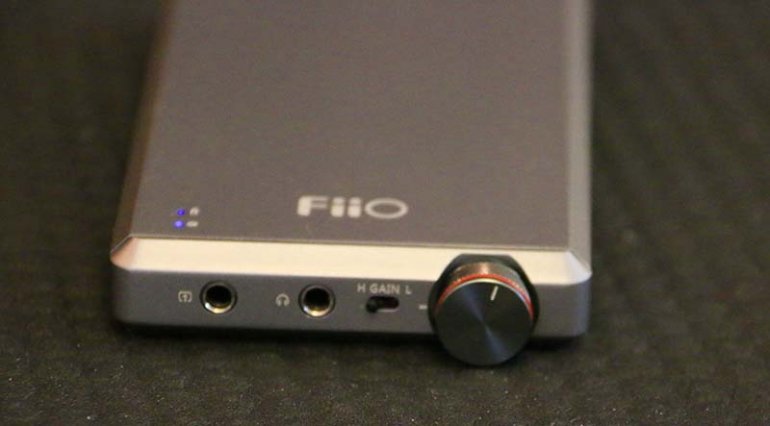
FiiO A5 | The Master Switch
Design:
Build Quality and Looks
For any headphone amp in this particular area to have to work, it has to be unobtrusive. At the minimum, it needs to be roughly the same size as a smartphone, able to slide into a pocket or bag with minimal issues. Fortunately, that’s no problem here - and thanks to some clever design features, it’s easy to forget you’ve got this bad boy on you. The A5 is a rectangular block of sandblasted aluminum, with a reassuringly compact size: 4.9” long, 2.6” wide, 0.5” deep. That’s about the size of a smartphone, albeit perhaps a little deeper, and while it feels hefty, it only weighs around 6oz. FiiO has obviously putting a lot of work into making the A5 as easy to carry around as possible.
There are, however, some compromises FiiO has had to make. By using the amp, you’re sacrificing any control you’ve got with your in-line microphone on your chosen cans. The controls can communicate with your Android or iPhone, but they can’t do so through the amp. It would be wrong to expect otherwise - implementing this would require some expensive circuitry, possibly adding to weight as well - but it does mean that, if you like keeping your phone in your pocket and never pulling it out, ever, then you’re going to struggle with this one. There’s also a chance that you’ll find the volume knob sitting below the top of your phone when they're coupled together using the elastic bands (discussed below), meaning that finding it can be a pain. Again, not a dealbreaker, but worth bearing in mind. It’s worth noting that at this point, a wired connection for mobile may not be the ideal way to do things. Bluetooth is probably better. You’ll pay a little more - FiiO’s newer Q5 amp(full review here) goes for about $350 - but you’ll benefit from increased functionality.
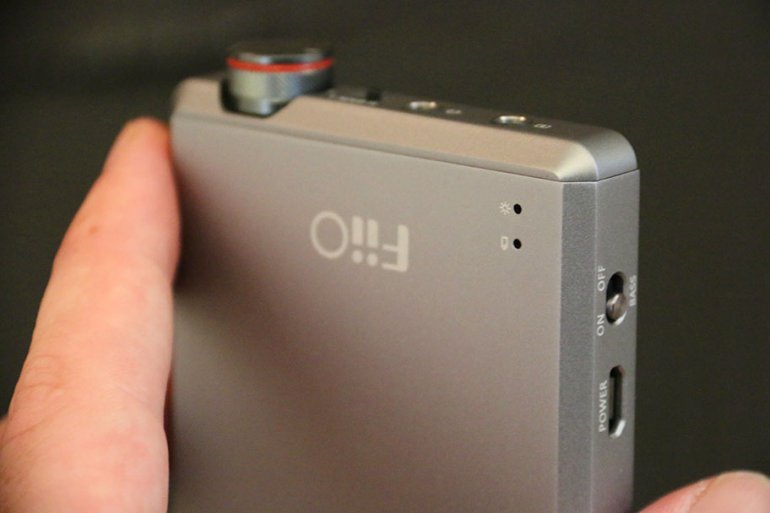
We really like the A5’s controls | The Master Switch
Inputs/Outputs and Battery Life
Connecting to your phone and headphones is clever, too. The top of the unit has two clearly-marked 3.5mm ports - one for your cans, the other to go directly to your player. The latter is accomplished by the unique connector FiiO includes: a u-shaped double-ended 3.5mm jack, maybe an inch long, that allows you to sit the amp flat against the back of your phone while it’s connected. To stop them sliding around in your pocket, the company also throws in a couple of tough black elastic bands, designed to lock the two together. For the most part, this works well, and we only had a few instances where the phone and the amp bounced off one another. It’s not the most elegant setup in the world, but it gets the job done.
The volume knob - a genuinely cool threaded cylinder with a red accent - acts as a power button, and is simple to operate even in a pocket. There’s a high/low gain switch, allowing the unit to operate just about any type of headphones - something helped along by the fact that it accepts cans with anything from 16 to 300 ohms - and along one side is a bass boost switch. Both switches are chunky, and unlikely to be hit in error. Next to the bass switch is a micro-USB charging port, and two lights on the top flat side indicate charging and battery levels. The design is as simple as it gets, and you won’t need a manual of any kind to figure it out - this is plug-and-play of the best kind, something that can be in full use within moments of having it out of the box. Battery life was solid, too. Charging took around three hours, and we squeezed eleven hours of life out of this at 75% volume. It also works extremely well as a simple desktop amp, although it does need be paired with a separate DAC - this isn’t like the company’s E17K Alpen 2, which packs a full converter into it.
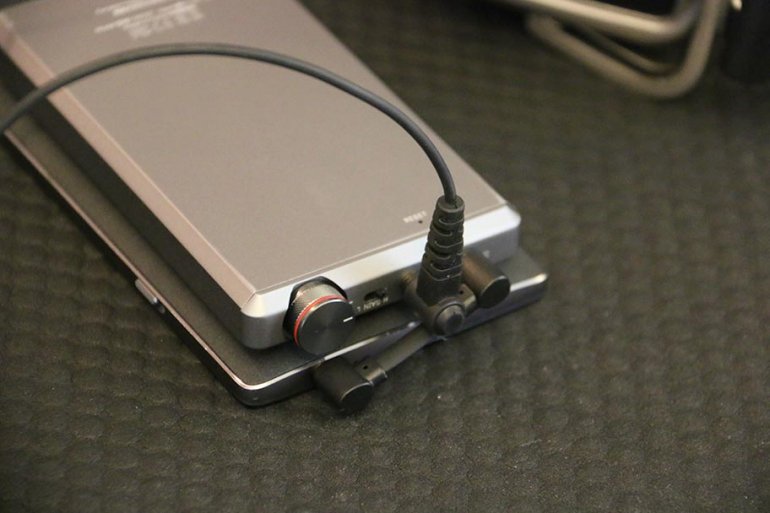
A very short 3.5mm connector cable does the dirty work here | The Master Switch
Accessories/Packaging:
The boxes FiiO ship their products in always have several layers. They are almost universally well-designed, although you do end up with quite a bit of material and bits to get rid of afterwards. Still, it’s a pleasure to unwrap the A5, which is couched in tough foam, and set above a box holding all the amp’s accessories. You get quite a few of these, too: chief among them are the black rubber bands you’ll use to connect the amp to your smartphone. There’s also a very short 3.5mm-to-3.5mm cable to allow you to literally connect them together - don’t lose it. Plus, you get a USB charging cable, an anti-slip-mat, and a very cool little carry pouch.

The FiiO A5 is only a bit larger than the average card | The Master Switch
What We Like:
The FiiO A5 offers excellent sound for the price, including some brilliant detail.
The build quality, particularly the volume knob, is excellent.
As portable amps go, we think this is one of the better non-Bluetooth ones, and it’s at a good price, too.
What We Don’t:
The A5 is old now, and the lack of Bluetooth is starting to hurt it.
You lose the ability to control your music with an in-line microphone.
Connecting your amp and phone with rubber bands feels clunky.
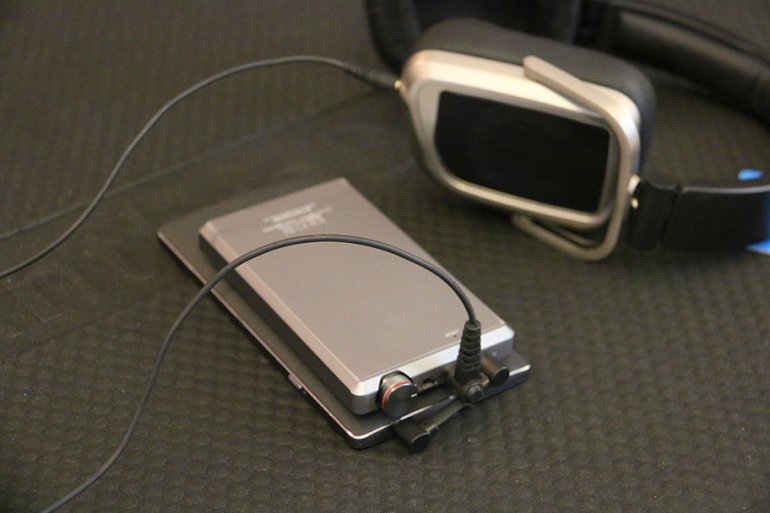
If you can deal with the rubber bands, the A5 is an excellent smartphone companion | The Master Switch
Comparison Table:
| AMPS | PRICE | DAC* | RHI** | BAT.*** | DIMENSIONS | WEIGHT |
$129 | No | 16-300Ω | 13 Hours | 4.9" x 2.6" x 0.5" | 6oz | |
$350 | Yes | 11-600Ω | 8 Hours | 4.9" x 2.5" x 0.6" | 6.9oz | |
$99 | Yes | Up to 600Ω | 5.5 Hours | 2.25" x 1.25" x 0.5" | 1oz | |
$29 | No | 16-100Ω | 7 Hours | 1.84” x 1.8” x 0.6” | 1.1oz | |
$50 | Yes | 16-100Ω | 8 Hours | 2" x 0.94" x 0.5" | 0.8oz |
*DAC = Digital-to-Analog Converter
**RHI = Recommended Headphone Impedance
***Battery Life
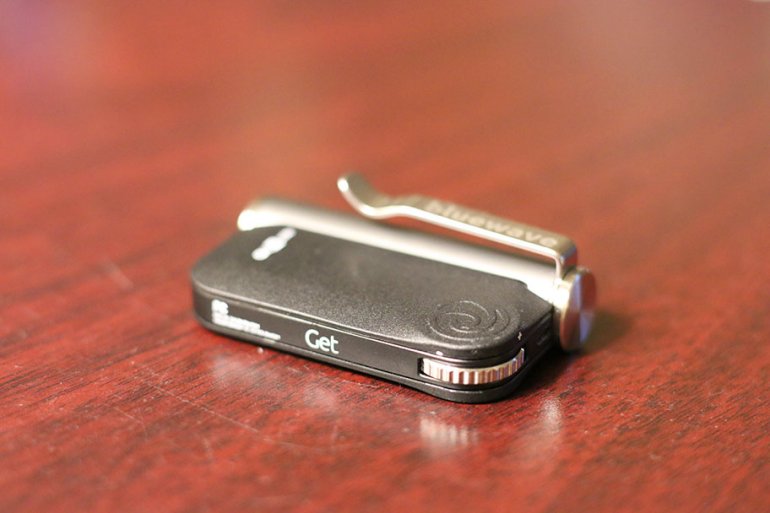
The BlueWave GET is a smaller, cheaper alternative | The Master Switch
The Competition:
The most obvious alternative - albeit a more expensive one - is the updated version of the A5. TheFiiO Q5 fixes most of the problems we had with the A5, including the addition of in-line control, and Bluetooth. It offers much more functionality, as well, even allowing you to swap out the amp module for another of your choosing. You’ll definitely pay for it, though: how’s $350? Compare that to the $130 for the A5, and you may want to keep your options open…
For something a little cheaper - $99 - try the BlueWave GET. It’s much smaller than the A5, and is Bluetooth-equipped. The construction is a little less robust, and it definitely doesn’t have the same level of design quality (BlueWave are an indie outfit from Montreal, operating, one assumes, from a tiny back room somewhere). But it’s a charming little amp, and will suit most people looking to boost their phone sound.
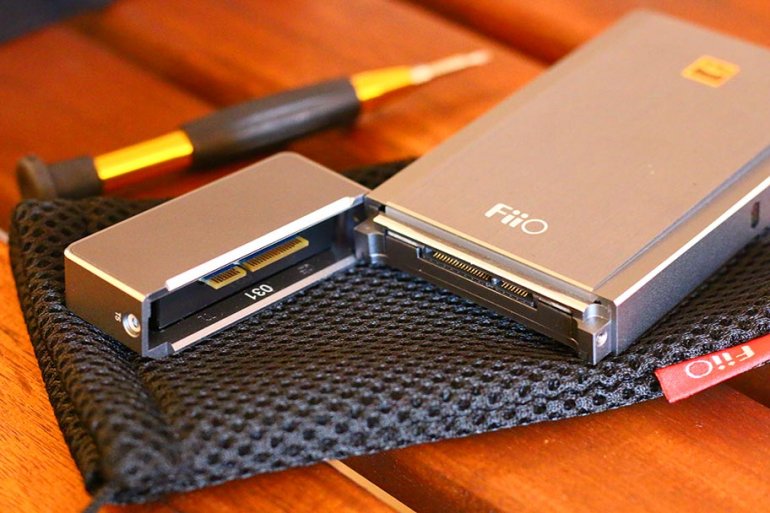
The newer FiiO Q5 allows you to swap out amp modules - and is fully Bluetooth | The Master Switch
Another smaller amp: the M-Audio Bass Traveler. You get seven hours of battery life in a very tiny package, and although we prefer the GET and the A5, it still manages to impress. M-Audio are mostly known for pro audio gear, and it shows: the design is definitely more functional than FiiO’s. But at $29, who’s complaining?
One more FiiO before we go. The A5 is, as we’ve mentioned, quite old now. That means FiiO has gone smaller and quicker, and their BTR1 is the answer to challengers like BlueWave. Small, Bluetooth-equipped, well-designed...and cheap. At $50, it’s one of the cheaper amps here (save the M-Audio) and is an excellent alternative to the A5.






